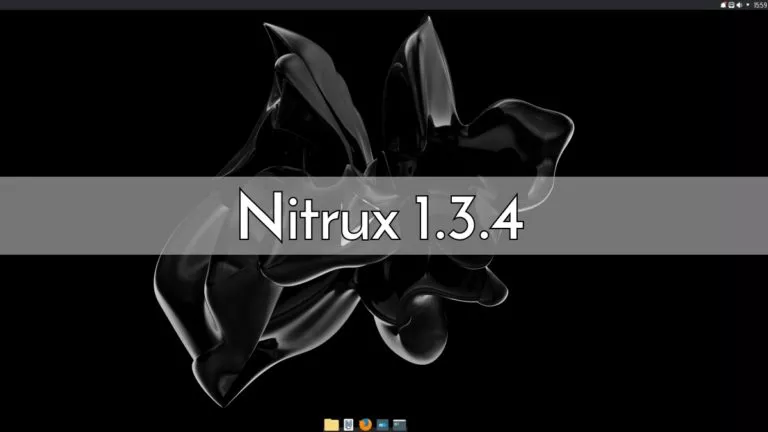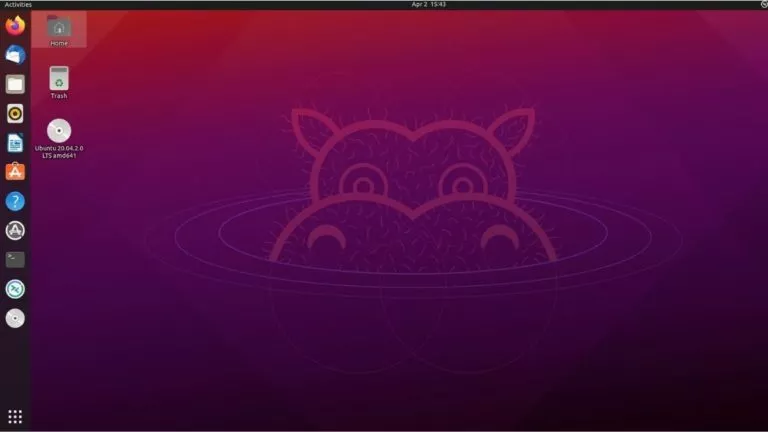What Was The World’s First Programming Language For Computers?

Short Bytes: Even though there’s not a definite answer, Plankalkül, pronounced “Plan Calculus”, is regarded as the world’s first high-level programming language for computers. Created by German engineer Konrad Zuse between 1942 and 1945, the language didn’t receive much attention. The popular languages that followed Plankalkül were Fortran and Lisp.
Every other day, we come across the release of some new programming language. While popular languages like Java and C++ continue to impress us with their timeless nature, comparatively newer languages like Go and Swift are attracting the newer crowd.But, did you ever wonder what was the world’s first programming language? Since Ada Lovelace (1840s) is widely regarded as the first programmer, the “set of symbols” she was using would comprise the first programming language–right? Probably because Babbage’s machine was never built and he didn’t have anything that could be called a programming language.
There are others who find solace in Alan Turing’s work and cite the descriptions Of Turing machine (1936). In his papers, he has written programs and mathematical simulations.
The answer to the world’s first programming language is the tricky one. But, if we take the high-level non-von Neumann languages for a computer as a basis, Plankalkül, pronounced “Plan Calculus”, is widely considered the first programming language (Source: Wikipedia, StackExchange). Plankalkül was created by a German engineer Konrad Zuse for engineering purposes between 1942 and 1945.
Here’s how to write Hello world! in Plankalkül, the world’s first programming language for computers:
R1.1(V0[:sig]) => R0
R1.2(V0[:m x sig]) => R0
0 => i | m + 1 => j
[W [ i < j -> [ R1.1(V0[i: m x sig]) => R0 | i + 1 => i ] ] ]
END
R1.3() => R0
‘H’;’e’;’l’;’l’;’o’;’,’;’ ‘;’w’;’o’;’r’;’l’;’d’;’!’ => Z0[: m x sig] R1.2(Z0) => R0
END
Back then, Zuse failed to gather much feedback. In 1972, Plankalkül was comprehensively published and implemented in a dissertation. Later in 1998 and 2000, there were instances of other independent implementations.
Just in case you’re wondering about the literal meaning of Plankalkül, it means “formal system (kalkül) for planning (plan)”.
In this discussion, I would also like to mention Fortran, the first widely-popular high-level programming languages. Lisp was another early language that was beaten by Fortran by a couple years.
Did you find this article on the world’s first programming language for computers interesting? Share your views in the comments section below.
Here’s the meme that inspired me to research and write an article for Fossbytes readers:







